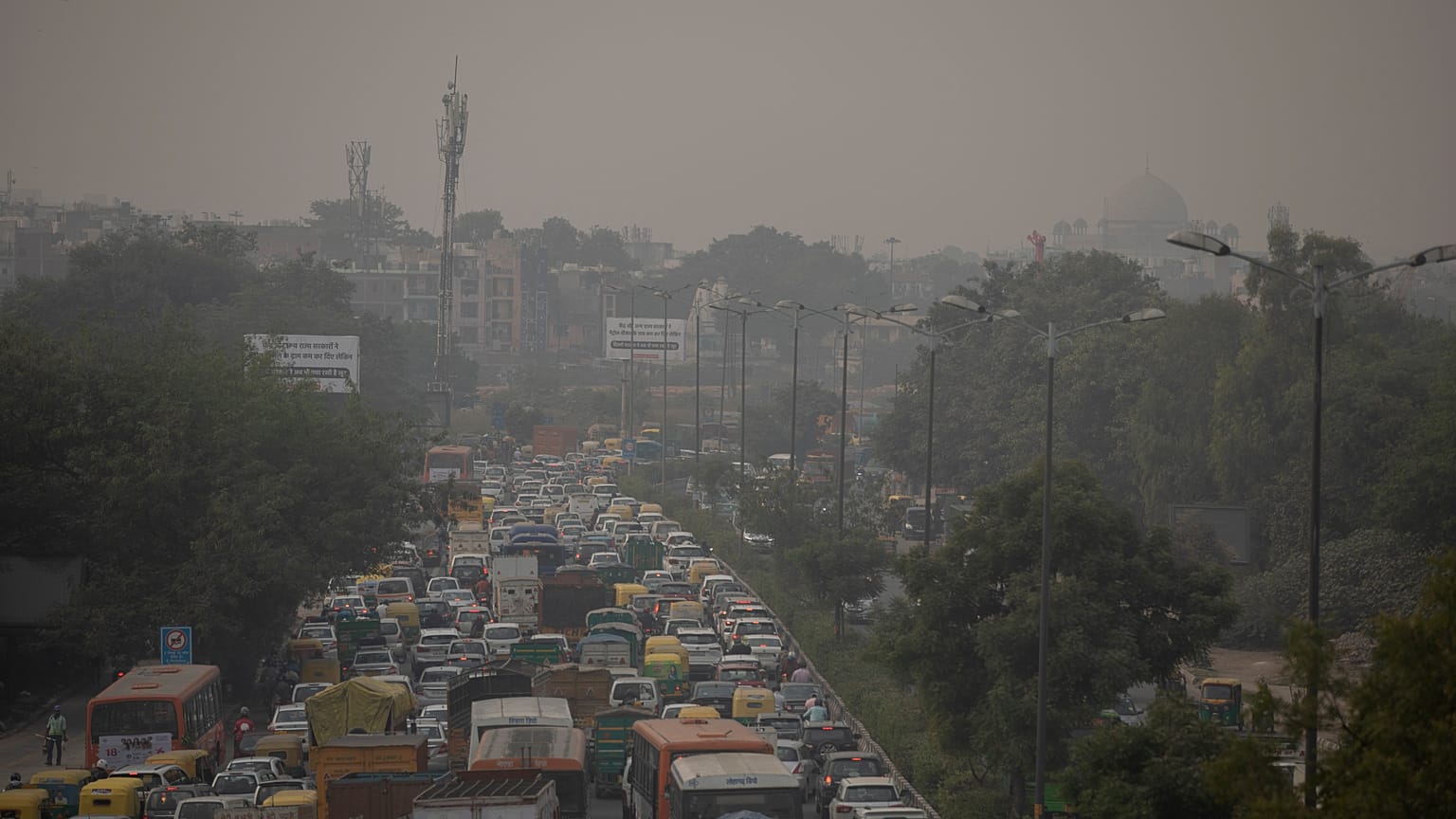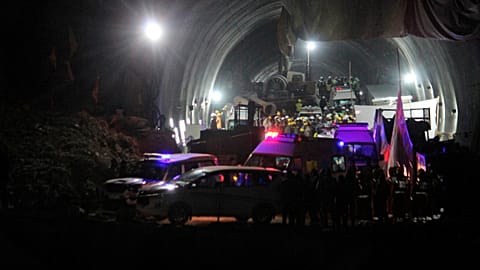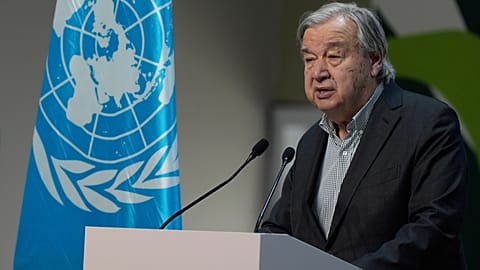Air pollution in India's capital has soared to 30 times above healthy limits set by the World Health Organization.
The Indian capital of New Delhi has launched a ‘Green War Room’ to combat its air pollution problem, which is cutting the lives of residents by over a decade.
“It's a pollution emergency,” says Gopal Rai, Environment Minister for the rapidly expanding megacity of over 20 million people, consistently ranked the world's worst capital for air quality. Rai dubs the problem an “air-pocalypse”.
The war room is a high-tech coordination centre where experts monitor pollution hotspots, analyse NASA satellite imagery, and update air quality index (AQI) sensors.
It identifies exact emission sites and coordinates with government departments to take action, such as serving notices to polluting factories, putting out garbage fires, and stopping vehicles belching black smoke.
“As soon as the AQI worsens, we alert our teams on the ground and they take action immediately,” says the war room's environmental engineer Anurag Pawar.
What’s behind Delhi’s deadly air pollution?
According to the state-run Indian Institute of Tropical Meteorology in Pune, smoke from crop residue burning accounted for 25 per cent of the pollution in New Delhi.
New Delhi saw a sharp rise of 32 per cent in tiny PM2.5 particles in the air between 2019 and 2020, a dip of 43.7 per cent in 2021, and a steady increase in 2022 and 2023, according to Respirer Living Sciences, an organisation that monitors air quality and other environmental factors.
Delhi's air pollution is among the worst in the world, with levels of PM2.5 pollutants often hitting more than 30 times the World Health Organization’s danger limits.
The smog is particularly severe in winter when colder air traps pollution.
New Delhi Environment Minister Gopal Rai warned people about the smog situation worsening with Diwali, the Hindu festival of light that features the lighting of firecrackers, coming up on 12 November.
Can the Green War Room combat Delhi’s pollution problem?
However, the key problem of farm fires surrounding Delhi is out of the city’s hands.
Stubble burning is a major contributor to Delhi's air pollution. But farmers say it is easy and cheap way to prepare the fields for the next growing season, and city pollution doesn't impact them.
The issue has become a political flashpoint, with the capital and Punjab state governed by one party, but other neighbouring states led by their rivals from Prime Minister Narendra Modi's party.
Experts say that tackling air pollution in Delhi will require bigger policy changes, such as reducing India's reliance on polluting coal for energy generation.
“The Green War Room, if done the right way, will be effective in suppressing the pollution for some time,” Dahiya told news agency AFP.
“But it is not the solution to cut down emissions. When it comes to breathing clean air and reducing pollution levels, much more comprehensive and systematic changes are required.”


















